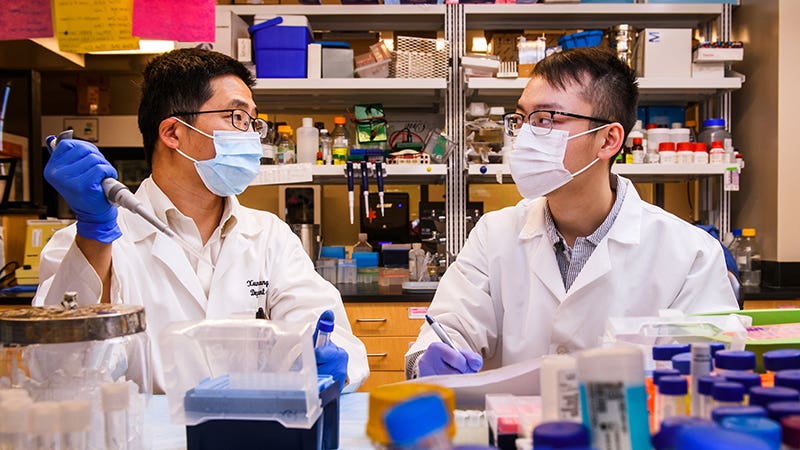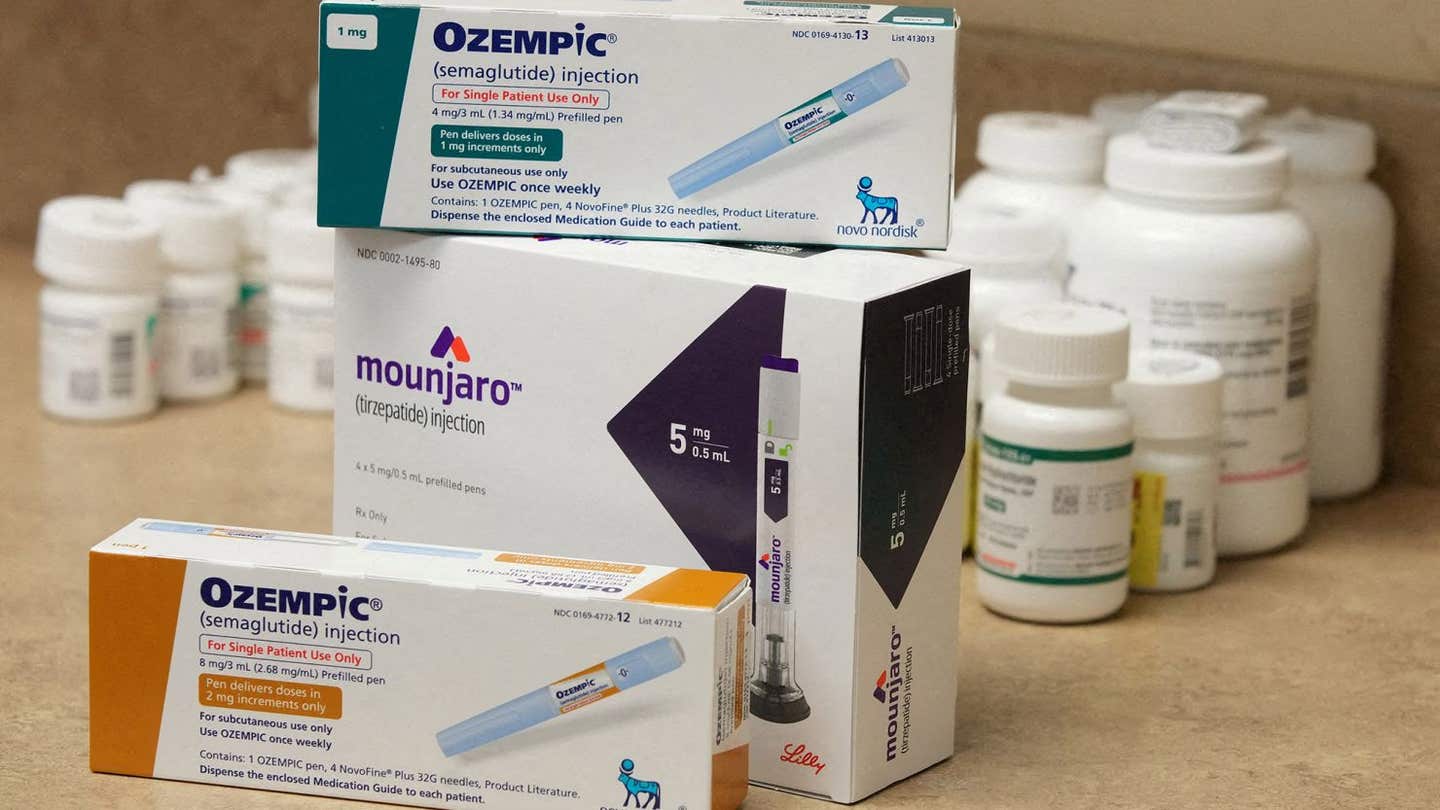Common blood pressure drug significantly improves Leukemia treatment outcomes
AML is the most common type of leukemia in adults, and its chemotherapy treatment often increases the risk of heart damage.

Researchers at the University of Missouri School of Medicine have found a promising gene therapy that may make acute myeloid leukemia (AML) more responsive to chemotherapy while protecting the heart from the toxic side effects of cancer treatments.
AML is the most common type of leukemia in adults, and its chemotherapy treatment often increases the risk of heart damage. This study, led by Associate Professor Dr. Xunlei Kang and PhD students Yi Pan and Chen Wang, explored the link between leukemia and cardiovascular disease. They discovered that a receptor called AGTR1, which is crucial for cell reproduction, was excessively present in the blood cells of leukemia patients.
To test their hypothesis, the researchers used losartan, a medication commonly prescribed for high blood pressure, to block the AGTR1 receptor in mice. The results were promising: the cancer growth was disrupted, the progression of leukemia slowed, and the survival rates of the mice improved. The next step is to investigate losartan’s effectiveness in human leukemia patients.
“Mouse models of leukemia differ from human disease in several ways, including differences in the immune system, the bone marrow microenvironment, and responses to treatments,” explained Yi Pan. “We will now carefully interpret and validate these findings in human studies to ensure translational relevance.”
If human trials confirm these findings, losartan could be fast-tracked for use in leukemia treatment. Since losartan is already FDA-approved, the approval process would be faster compared to new drugs, as extensive data on the drug's safety is already available.
“When we treated mice with the AGTR1 inhibitor losartan, we observed that this commercially available drug shows great promise in reducing AML development while protecting against chemotherapy-induced cardiotoxicity,” Dr. Kang noted. “This finding shows great potential to both enhance the success of chemotherapy while protecting the heart.”
Related Stories
Dr. Xunlei Kang, an associate professor of medicine at the MU School of Medicine, specializes in blood disorders and stem cell research. He earned his medical degree and PhD from Shanghai Jiao Tong University in China.
The study, “Inhibiting AGTR1 reduces AML burden and protects the heart from cardiotoxicity in mouse models,” was recently published in Science Translational Medicine.
Along with Kang, Pan, and Wang, the research team included specialists Wenxuan Zhou and Yao Shi, PhD student XiaDuo Meng, Hematology and Medical Oncology fellow Yasir Muhammad, MD, professor of clinical pathology and anatomical sciences Richard D. Hammer, MD, professor of medicine and associate director of the Center for Precision Medicine De-Pei Li, MD, professor of medicine and chief of cardiology Zhenguo Liu, MD, and Gerhard Hildebrandt, MD, Chief of the Division of Hematology and Medical Oncology. Contributions also came from Bei Jia and Hong Zheng of Penn State University College of Medicine.
The identification of AGTR1 as a shared target between leukemia and cardiovascular disease opens up new avenues for treatment that could improve the quality of life for patients undergoing chemotherapy. By repurposing losartan, researchers are leveraging existing knowledge of the drug to expedite its potential new application in oncology.
Losartan’s dual role in both reducing leukemia progression and protecting the heart offers a significant breakthrough. Traditional chemotherapy, while effective in targeting cancer cells, often carries severe side effects, including damage to the heart. The prospect of a treatment that not only enhances the efficacy of chemotherapy but also mitigates its cardiac risks represents a considerable advancement in cancer therapy.
As researchers move forward with human trials, the medical community remains hopeful that this approach will yield similarly positive results in people as it did in mice. The ongoing research underscores the importance of investigating the intersections between different diseases to find innovative solutions that address multiple health challenges simultaneously.
This breakthrough highlights the collaborative efforts of scientists across various disciplines and institutions. The study's findings could pave the way for new treatment protocols that prioritize both cancer eradication and patient well-being, potentially transforming the standard of care for leukemia patients.
By continuing to explore the molecular mechanisms underlying diseases, researchers aim to develop more targeted therapies that offer higher efficacy and fewer side effects. The work of Dr. Kang and his colleagues exemplifies the progress being made in precision medicine, where treatments are tailored to the specific characteristics of both the disease and the patient.
As the field advances, the integration of new scientific insights into clinical practice will be crucial. The potential of losartan to improve outcomes for leukemia patients while reducing the risk of heart damage represents a promising step forward in the fight against cancer.
Note: Materials provided above by The Brighter Side of News. Content may be edited for style and length.
Like these kind of feel good stories? Get the Brighter Side of News' newsletter.
Joshua Shavit
Science & Technology Writer | AI and Robotics Reporter
Joshua Shavit is a Los Angeles-based science and technology writer with a passion for exploring the breakthroughs shaping the future. As a contributor to The Brighter Side of News, he focuses on positive and transformative advancements in AI, technology, physics, engineering, robotics and space science. Joshua is currently working towards a Bachelor of Science in Business Administration at the University of California, Berkeley. He combines his academic background with a talent for storytelling, making complex scientific discoveries engaging and accessible. His work highlights the innovators behind the ideas, bringing readers closer to the people driving progress.



